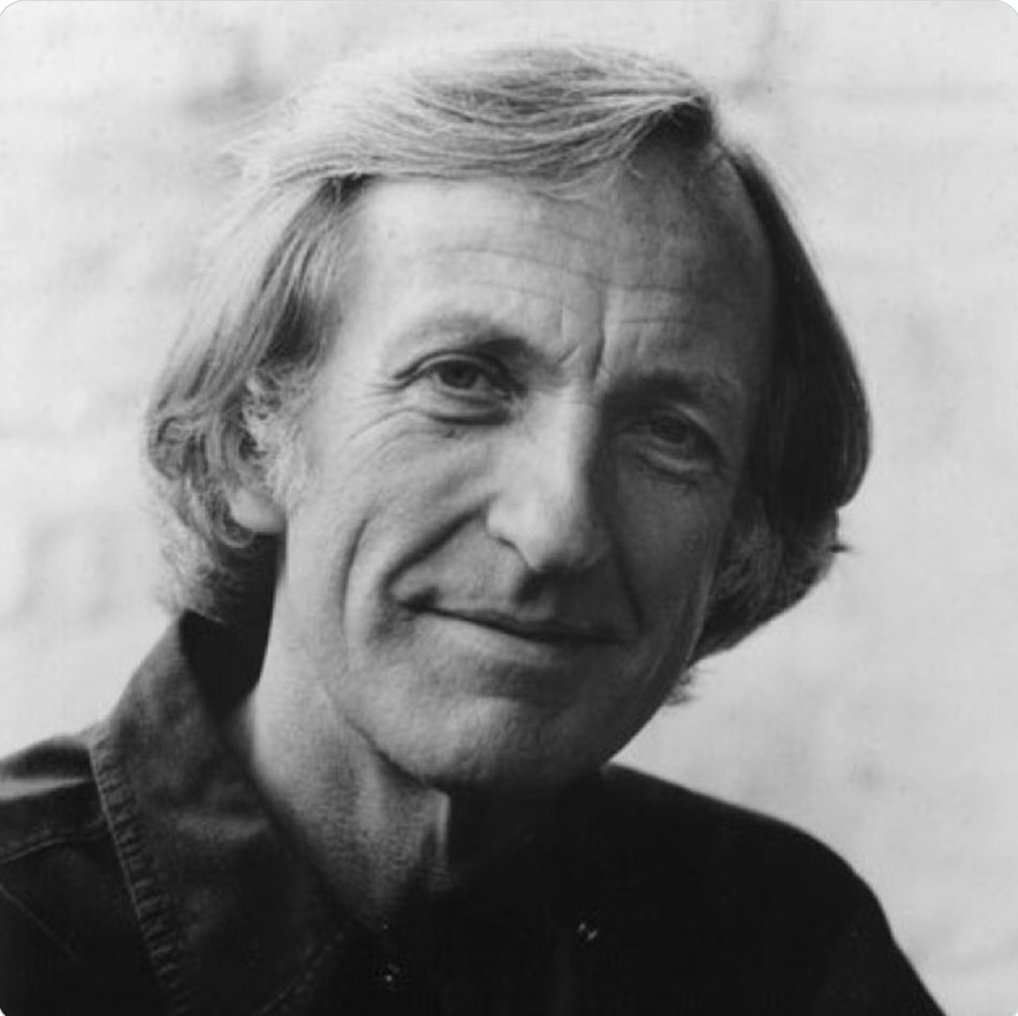The great American reporter Seymour Hersh is at war with the American military over his j’accuse in the New Yorker that a much-lauded general, now a member of President Clinton’s cabinet, ordered his troops to fire on retreating Iraqis on the eve of the Gulf war ceasefire in 1991.
Barry McCaffrey, commander of the 24th Infantry Division, has denied accusations such as the machine-gunning of 350 disarmed Iraqi prisoners. “Why are we shooting at these people when they are not shooting at us?” says one of his men on a tape quoted by Hersh. “It’s murder,” says another.
The allegations against McCaffrey suggest he was a bad apple. In fact, the enduring open secret of the Gulf war was that it was not a war at all, rather an epic act of homicide. A great deal of propaganda has been devoted to covering up this truth and promoting so-called smart weapons, as if war has finally become a science. The bombing of the Al-Amiriya bunker in Baghdad in February 1991, incinerating more than 300 people, mostly women and children, was a case in point; it was blamed on Saddam Hussein and said to be a “military facility”.
Six months later, the unedited and unseen CNN and World Television News (WTN) “feeds” of footage of the bunker were obtained by the Columbia Journalism Review. “They showed scenes of incredible carnage,” wrote the reporter who viewed them. “Rescue workers were collapsing in grief, vomiting from the stench, dropping blackened corpses.” Unknown to correspondents corralled in Saudi Arabia, less than 7 per cent of the weapons used in the Gulf war were “smart”; most were old-fashioned “dump” bombs. Seventy per cent of the 88,500 tons dropped on Iraq and Kuwait – the equivalent of more than seven Hiroshimas – fell in populated areas.
Paul Roberts, one of the few journalists to escape the “pool” system, travelled with Bedouins. “I experienced bombing in Cambodia, but it was nothing like that . . .” he said. “There were three waves every night. After 20 minutes of this carpet bombing there would be a silence and you would hear a screaming of children and people. [The survivors] were walking round like zombies.” This was never published in the mainstream media, nor was the overwhelming evidence that – as in Vietnam, and last year in Serbia and Kosovo – civilians were not mistakenly killed, but targeted.
As the ceasefire was being negotiated with Iraq, columns of retreating Iraqis and foreign guest workers who had been trapped in Kuwait were attacked by American carrier-based aircraft. They used cluster bombs and napalm B, the type that sticks to the skin while continuing to burn. Returning pilots bragged about a “turkey shoot”. Others likened it to “shooting fish in a barrel”. Among the fleeing military trucks were old Toyotas, Volkswagens, motorbikes. Defenceless people were strafed as they ran for cover.
Unknown to journalists in the pool system, in the last two days before the ceasefire (when the McCaffrey atrocities allegedly happened), American armoured bulldozers were deployed, mostly at night, burying Iraqis alive in their trenches, including the wounded. Six months later, New York Newsday disclosed that three brigades of the 1st Mechanised Infantry Division, “used snowplows mounted on tanks and combat earth movers to bury thousands of Iraqi soldiers – some still alive – in more than 70 miles of trenches”. A brigade commander, Colonel Anthony Moreno, said: “For all I know, we could have killed thousands.” The only images of this shown on British television were used as a fleeting backdrop to the reminiscences of correspondents on the BBC’s arts programme The Late Show.
The policy of the American commander-in-chief, General Norman Schwarzkopf, was that the Iraqi dead were not to be counted. One of his senior officers boasted: “This is the first war in modern times where every screwdriver, every nail, is accounted for.” As for human beings, he added, “I don’t think anybody is going to be able to come up with an accurate count for the Iraqi dead.”
The deaths of nine British servicemen, all of them killed by American “friendly fire”, preoccupied the British media. An editorial in the Independent rejoiced in “miraculously light casualties”. In the United States, there was some attempt to root out the truth. However, this was confined to very few newspapers, such as New York Newsday with its outstanding reporter Knute Royce, and samizdat publications such as Z magazine, which publishes Noam Chomsky.
Shortly before Christmas 1991, the Medical Educational Trust in London published a comprehensive study of casualties. Up to a quarter of a million men, women and children were killed or died as a direct result of the American-led attack on Iraq and its immediate aftermath. In evidence before the Parliamentary Foreign Affairs Select Committee, the major international relief agencies reported that 1.8 million people had been made homeless, and Iraq’s electricity, water, sewage, communications, health, agriculture and industrial infrastructure had been “substantially destroyed”, producing “conditions for famine and epidemics”.
Most of this was not reported, or it was tucked away. In the most covered war in history, almost everybody missed the story. It is hardly surprising that, in the nine years since, the deaths of half a million children as a result of an American and British-led economic embargo and the continuing bombing of populated areas in Iraq are not news. “The thought that the state is punishing so many innocent people,” wrote Arthur Miller, “is intolerable. And so the evidence has to be internally denied.”


